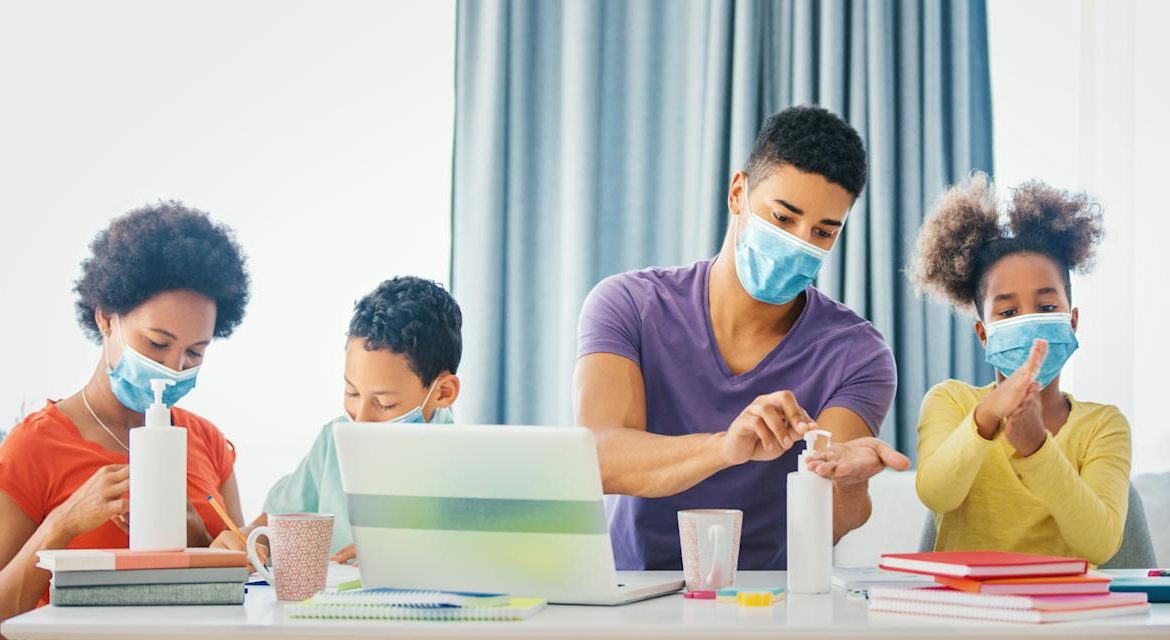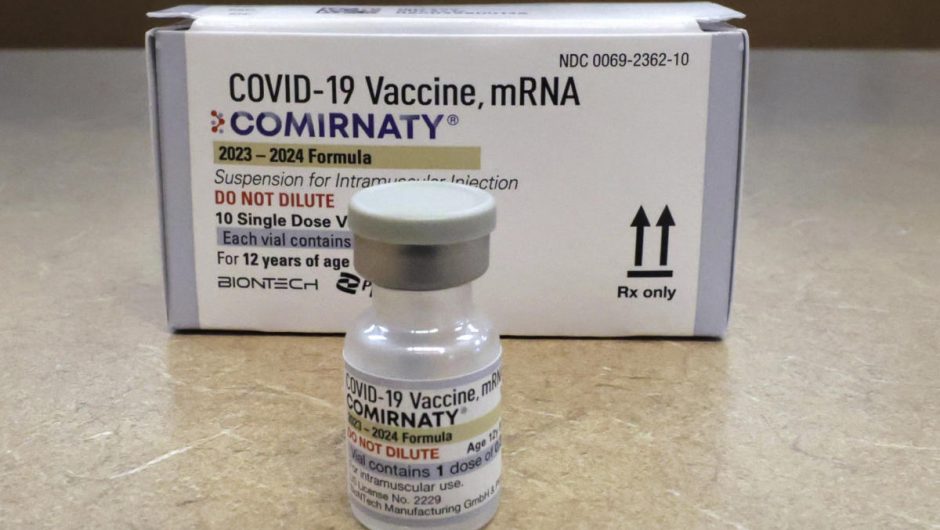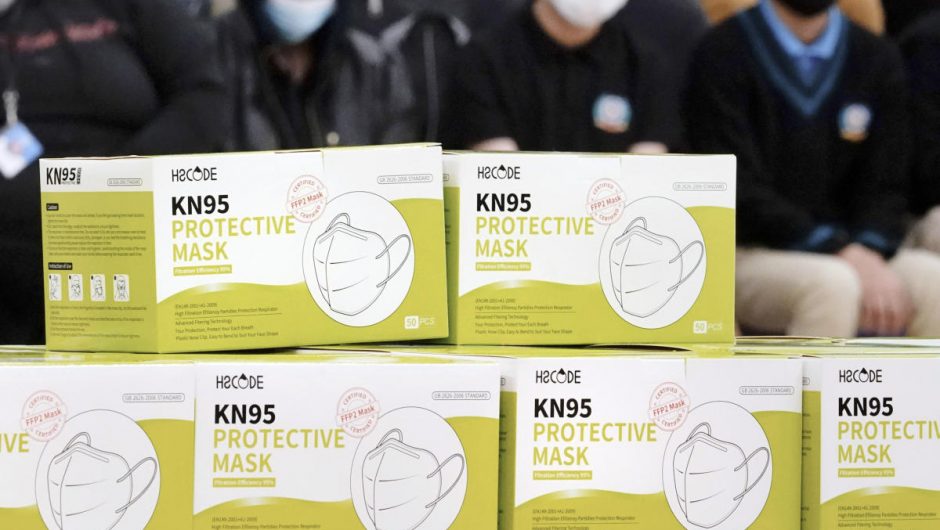[ad_1]
Although the highly transmissible Omicron variant of COVID-19 is ripping through the United States at record rates, some households have been affected unevenly, with some people testing positive for COVID-19 while others in the same household do not.
Coronavirus vaccines and boosters are very effective at preventing severe illness, hospitalization and death from COVID-19, but breakthrough infections can occur, usually with milder symptoms. According to the Centers for Disease Control and Prevention, “Anyone with Omicron infection can spread the virus to others, even if they are vaccinated or don’t have symptoms.” So at this point, if a household has a COVID-positive person, should the rest of the household expect to get it regardless of vaccination status?
Not necessarily, says Dr. Lucy McBride, a physician in Washington, D.C., who is also a Yahoo News medical contributor. She explains that people and the virus relate to one another in different ways depending on various factors.
Some responses have been edited for clarity.
Yahoo News: Why do some people who are in the same household get COVID-19, and others don’t? Can it be compared to the flu?
Dr. Lucy McBride: It can be useful at this moment of the pandemic to start to think about comparing the flu and coronavirus. Not that they are equivalent at all, but you might have a case of flu in the family, in the household, and some people might get infected and others might not. Similarly, you may have a COVID case in your family, and some people in the family might get COVID and some might not. And whether or not a single person will get infected and/or sick after an exposure in the household hinges directly on the amount of virus that is put out by the COVID-positive person, and the conditions in that space, and the immune system and vaccination status of the person who is being exposed.
You can have inhaled a small viral load from the infected person; you can have inhaled a large viral load. In other words, you may have inhaled a different amount of virus. You also have a unique response to the virus based on your underlying health conditions, your immune system and the other factors at play. For example, if in the home you are exposed in a large room where the windows were open, that’s going to be perhaps a different level of exposure than someone who is sleeping in the same room as the COVID-positive person. You may, for example, have had three shots and you’re a young, healthy person, and you may not get as sick as a result. We know that vaccinated people get typically less sick than people who are unvaccinated or have underlying health conditions.
Story continues
So remember that it’s not automatic that someone will get infected in the household. Yet household transmission is the most common problem. And the reason we see widespread transmission of a particularly contagious variant [is] because within the same house, people often aren’t masked and they’re in close quarters.
When is a person most contagious with the Omicron variant?
We’re seeing with Omicron — this highly transmissible, though less intrinsically severe, variant of coronavirus — that people are able to transmit the virus to other people from as soon as a day after they are infected to up to 10 days after they are infected. But the more common window is between 24 hours prior to developing symptoms and five days after developing symptoms. But, of course, these ranges are variable depending on the person.
What is the testing timeline if you’ve had a COVID-19 exposure?
I’m recommending to my patients [that] they follow the CDC guidelines and isolate for five days and mask for day six to 10 and exercise caution during that time. I’m also recommending to my patients that if they can afford it and they can access it, to take a rapid antigen test at day five in order to leave isolation. If that rapid antigen test is negative on day five, you’re pretty sure you’re not contagious to other people. If it’s positive, you would test again on day six. And if you’re negative on day six, then you can leave isolation. A negative antigen test tells you with pretty good confidence that you’re no longer carrying contagious levels of virus in your nose.
[ad_2]
Source link




